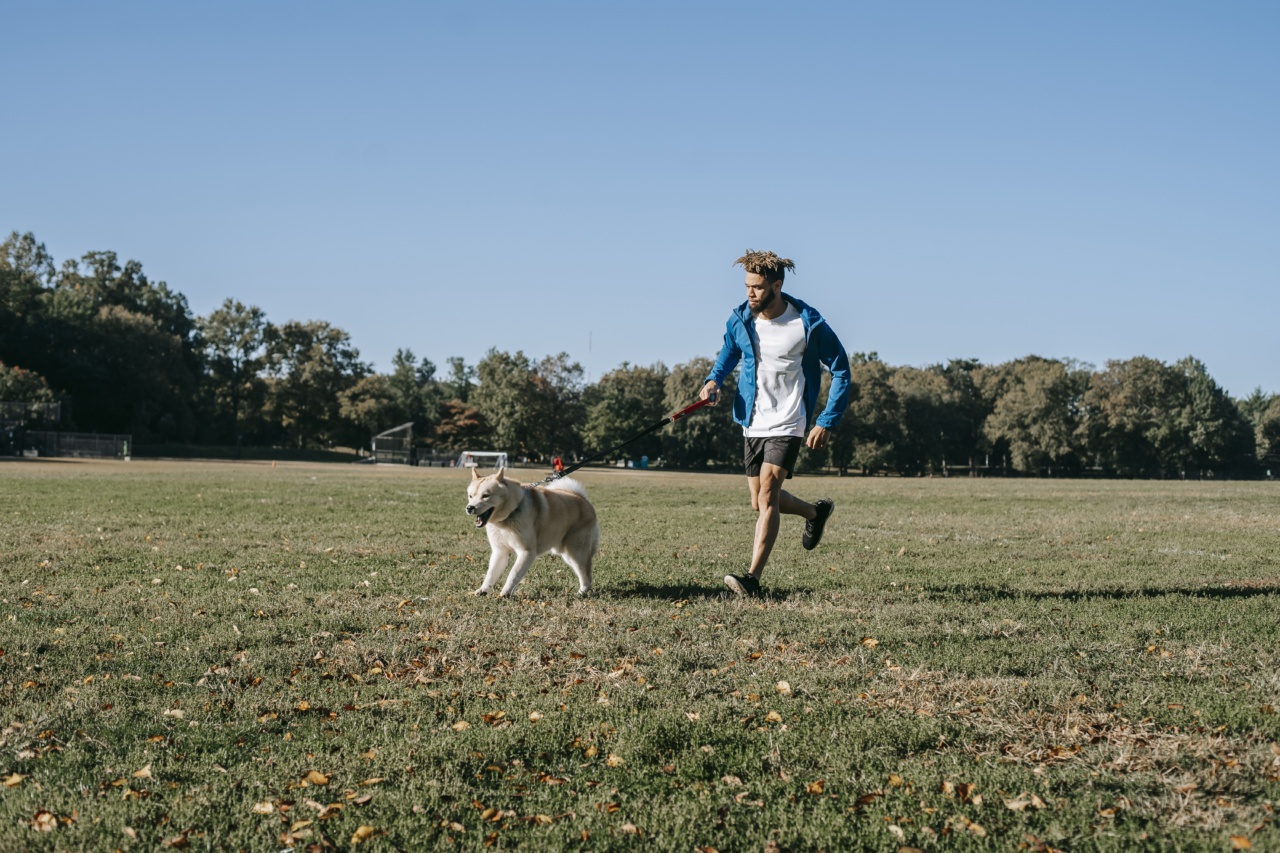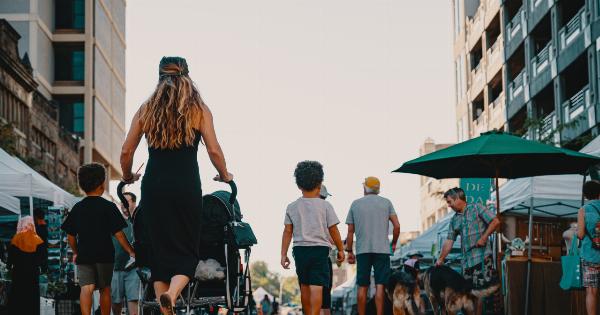Socializing adult dogs is an essential part of their overall behavior development. Dogs that have been properly socialized are more confident, less aggressive, and overall happier. However, socializing adult dogs is not always easy.
Unlike puppies, adult dogs have already experienced the world, and it can be challenging to teach them new behaviors.
1. Gradual Introductions
The first thing to consider when socializing adult dogs is gradual introductions. The initial introduction to new people, animals, and environments needs to be done slowly and carefully. This technique is also known as desensitization.
Start by slowly introducing the dog to new things outside its comfort zone.
The key is to let the dog lead and never force it to interact with something that scares it. For example, allow the dog to smell a new person before they attempt to pet the dog.
If the dog is fearful, have the person squat down and avoid direct eye contact to make the dog more comfortable. Slowly build up the interaction over time, always rewarding the dog for good behavior.
2. Positive Reinforcement
All dogs respond better to positive reinforcement. This means that teaching your adult dog to socialize should include rewards for their good behavior.
Rewards can be treats, toys, or even simple praise such as petting or saying “good boy/girl.”.
The key is to reward promptly, so the dog knows exactly what it did right. Rewards should be consistent and gradually phased out as your dog becomes more comfortable and confident.
3. Consistency
Consistency is a crucial element when it comes to socializing adult dogs. Once you start teaching a behavior, always follow it through. Dogs respond to routine, and this helps them know what to expect from you and their environment.
The dog will feel more comfortable, and you’ll have an easier time socializing them.
4. Controlled Environments
Always consider the environment when you begin socializing your adult dog. Controlled environments offer a great starting point for socialization. This means creating an environment that is safe, secure, and predictable for your dog.
Consider using a leash to help control your dog and prevent them from running away when they feel scared or intimidated.
A good starting point is taking your dog to a dog park where other dogs are socializing. However, it’s essential to watch their behavior carefully and remove your dog if it becomes fearful or aggressive.
5. Professional Dog Trainers
Professional dog trainers are a valuable resource in the process of socializing adult dogs. Some dogs may have learned aggressive behavior or have had negative socialization experiences in the past.
A professional trainer can help you determine the correct training approach to help your dog overcome any negative behavior and to have positive socialization experiences moving forward.
6. Exposure to Noise and Crowds
Exposure to noise and crowds is vital as part of socializing adult dogs. These experiences can help your dog be comfortable in more diverse social situations.
You can start by gradually exposing your dog to different types and levels of sound in a controlled environment and then moving to more challenging environments, such as parades or festivals.
7. Playdates
Playdates offer an opportunity for socialization with other dogs or even people. Always introduce your dog to other dogs on a leash and let them sniff each other before taking off the leash. Supervise playtimes and watch for signs of aggressive behavior.
If any dogs display aggressive behavior, remove them and try again in a different environment or with different dogs.
8. Patience
Patience is the most important trait when it comes to socializing adult dogs. Each dog has its own set of experiences and behaviors, and it takes time for them to adapt to new environments and social situations.
Persistence and ongoing positive reinforcement go a long way in teaching adult dogs proper socialization skills.
9. Encourage Exploration
A great way to help with socialization is to encourage exploration. This means allowing your dog to explore its environment, whether it’s a new hike, scent trail, or dog park.
This experience can build confidence and has a calming effect on dogs when faced with unfamiliar situations.
10. Tailor Training for Your Dog
Finally, it’s essential to adjust your training style and approach for your individual dog. Consider factors such as breed, age, personality, and behavior history when developing a socialization plan for your dog.
Some dogs respond better to a more relaxed approach, while others require a firmer hand. Tailor your training to your dog, always focusing on positive reinforcement.


























